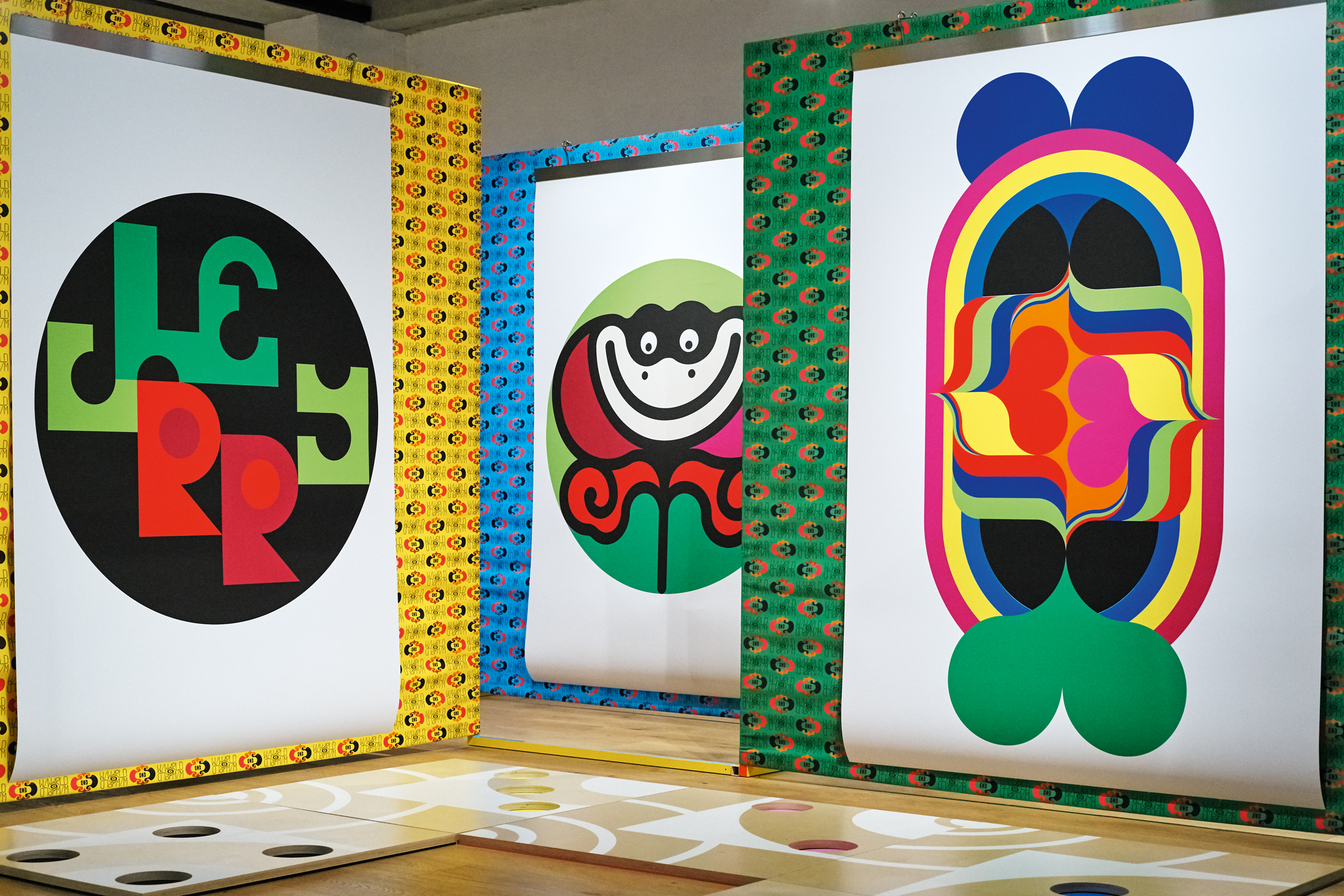Purple Magazine
— Purple 76 Index issue #29 S/S 2018
M/M (paris)
posters
ideas
fonts
films
advertising
packaging
dialogs
labels
exhibitions
furniture
magazines
products
carpets
books
interfaces
collaborations
fashion stories
sculptures
theater sets
art installations
systems
album covers
opera sets
portrait by PAOLO ROVERSI
interview by JÉRÔME SANS
photography by M/M (Paris)
‘M/M aime/aime,’ installation view, Seoul, 2017
JÉRÔME SANS — How do you define yourselves these days? Artistic directors, artists, doers, image makers? I wouldn’t go so far as to say graphic designers, because I know you hate that.
M/M — We’ve always considered ourselves artists. We were trained as artists — in the most open way, where the idea wasn’t to sell works of art but to think carefully about the world. When we started working together, at the end of the 20th century, there was no Internet or social media, and people traveled much less than today. We had to dream up a tool that would allow us to…
